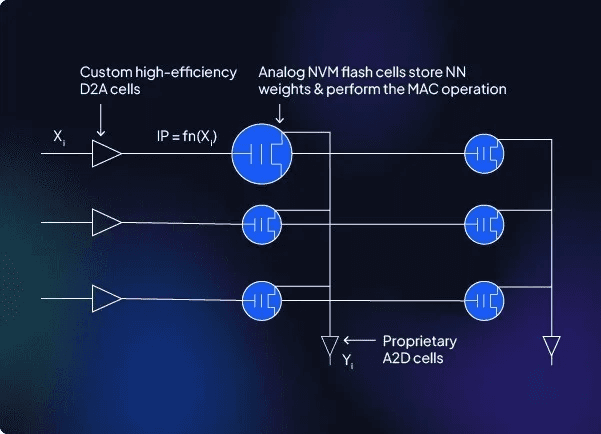Programming
What is Iterative deepening A* ?
The Memory-Efficient Pathfinding Powerhouse
Apr 4, 2024
When navigating complex search spaces in AI problem-solving, sometimes brute force just won't cut it. Enter Iterative Deepening A* (IDA*) – an elegant algorithm that marries the strengths of depth-first search and A* to deliver optimal pathfinding performance with a surprisingly small memory footprint.
How IDA Works: Intuition and Efficiency*
Imagine you're lost in a maze. Depth-first search (DFS) might lead you down a seemingly endless corridor, while breadth-first search (BFS) could overload your memory as you try to track every possible branching path. IDA* offers a smarter approach:
Setting Limits: It performs repeated depth-first searches, but with an ever-increasing "cost threshold."
Pruning Branches: When a node's total cost (known as the
f-cost) exceeds the threshold, IDA* abandons that branch.Iterating to Optimality: The threshold for the next iteration is set to the minimum
f-costof the pruned nodes. This continues until the goal is found.
Why IDA Shines*
Memory Mastery: Unlike A*, IDA* doesn't store the entire search tree in memory, making it a lifesaver for problems with large branching factors.
Optimal Solutions: Like A*, IDA* leverages a heuristic function to guide its search, guaranteeing the shortest path (given an admissible heuristic!).
Anytime Algorithm: IDA* can return a suboptimal solution even if it's interrupted mid-search, which is useful in time-sensitive situations.
Real-World Applications
Game AI: IDA* is a favorite for puzzle games like the 15-puzzle, where its low memory needs are crucial.
Robotics: Path planning in dynamic environments can benefit from IDA*'s balance of speed and efficiency.
Network Routing: Finding the optimal route between network nodes often involves problems with large search spaces, where IDA* excels.
Expert Insights: When to Choose IDA*
Limited Memory: If you're working with memory constraints (think embedded systems or web-based applications), IDA* is a top choice.
Admissible Heuristics: Ensure you have a heuristic function that never overestimates the cost to reach the goal. Otherwise, optimality is lost.
Uncertain Depth: When you don't know the depth of the solution in your search tree, IDA*'s iterative approach is ideal.
Caveats
Overhead: Repeated DFS iterations can add some computational overhead compared to pure A*.
Heuristic Importance: A poor heuristic can significantly impact IDA*'s performance.
The Search Continues...
IDA* is a powerful tool in the pathfinding arsenal. Its clever combination of techniques addresses the limitations of both DFS and BFS, particularly in memory-constrained situations. If you're tackling complex search problems, understanding how IDA* works can open up new avenues for optimized solutions.
For our Services, feel free to reach out to us via meeting…
Please share our content for further education


